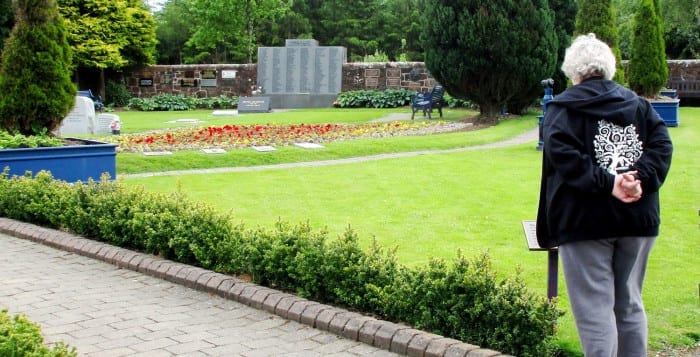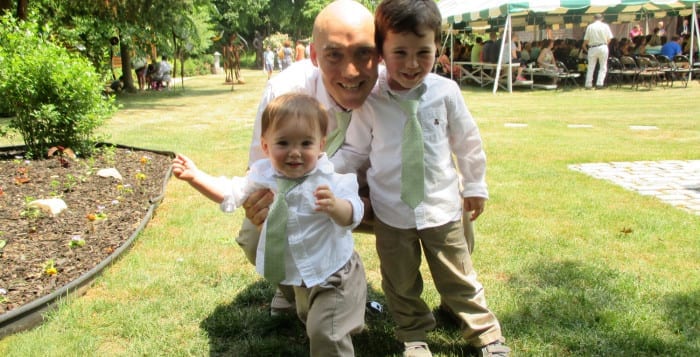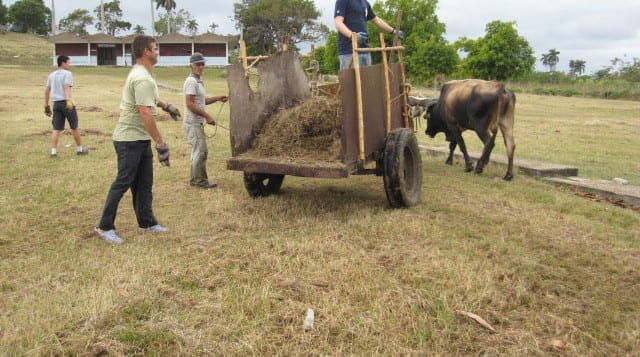By Rachel Siford
Eastern Suffolk BOCES’ Centereach Academic Center has taken a creative approach to promoting mindfulness.
The center, which caters to students who require special education or who have severe behavioral issues and learning disabilities, recently opened a labyrinth on its grounds. A labyrinth is a type of maze, or purposeful path, that promotes reflection and meditation within a structured environment.
Principal Susan Goltz said students can get easily frustrated and will sometimes leave the classroom because they are so overwhelmed with their feelings. She and her staff wanted to find a more acceptable way for the students to cope.
“We felt that having a labyrinth on school grounds would give them the opportunity to deal with feelings and teach them mindful strategies,” Goltz said.
Goltz added that students’ emotional issues could lead to interruptions in their education, causing them to fall behind in some subjects.
The school’s faculty and staff want to teach students to use the labyrinth while in crisis.
Mindfulness, which promotes a meditative practice with Buddhist roots, has been a growing trend in the mental health field. It is the state of being aware of the present moment and being able to acknowledge one’s feelings and thoughts.
The labyrinth’s official ribbon cutting was May 29. Goltz said feedback from students to date has been very positive. She plans on giving out a survey to students before and after their use of the labyrinth when school is back in session.
Charlie Tedesco, guidance counselor, had a pivotal role in the research and planning of the labyrinth.
“Sometimes it’s only a matter of having a small challenge to set off a student’s emotional frustration,” Tedesco said in a press release. “The labyrinth project was initiated so students could do something by themselves or they could be accompanied by a counselor. The walking area helps relieve stress and has a calming effect.”
Research from Boston’s Benson-Henry Institute for Mind Body Medicine at Massachusetts General Hospital, which researches, treats and prevents stress-related illnesses, has shown mindful walking can help reduce anxiety and stress.
“There are several statistics that point to individuals becoming grounded, more centered and focused when they do mindful walking,” Tedesco said.
The labyrinth was designed by the staff and was based on other examples they had seen. Middle Island-based William Moloney Masonry won the bid to construct the labyrinth, and the center secured $25,000 in state funding with help from state Sen. John Flanagan (R-East Northport).
“It is a tool that our students will benefit from,” Goltz said. “Learning how to use mindful thinking in a controlled environment is something they can take into life.”

















